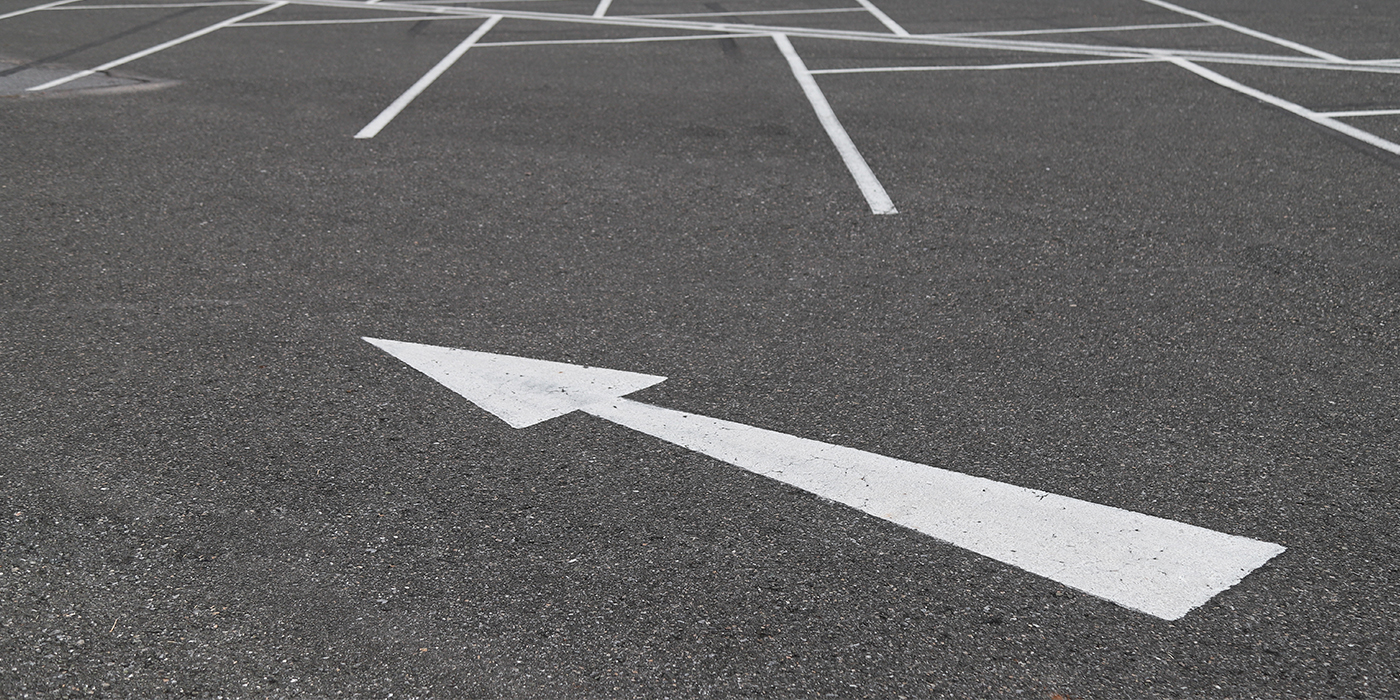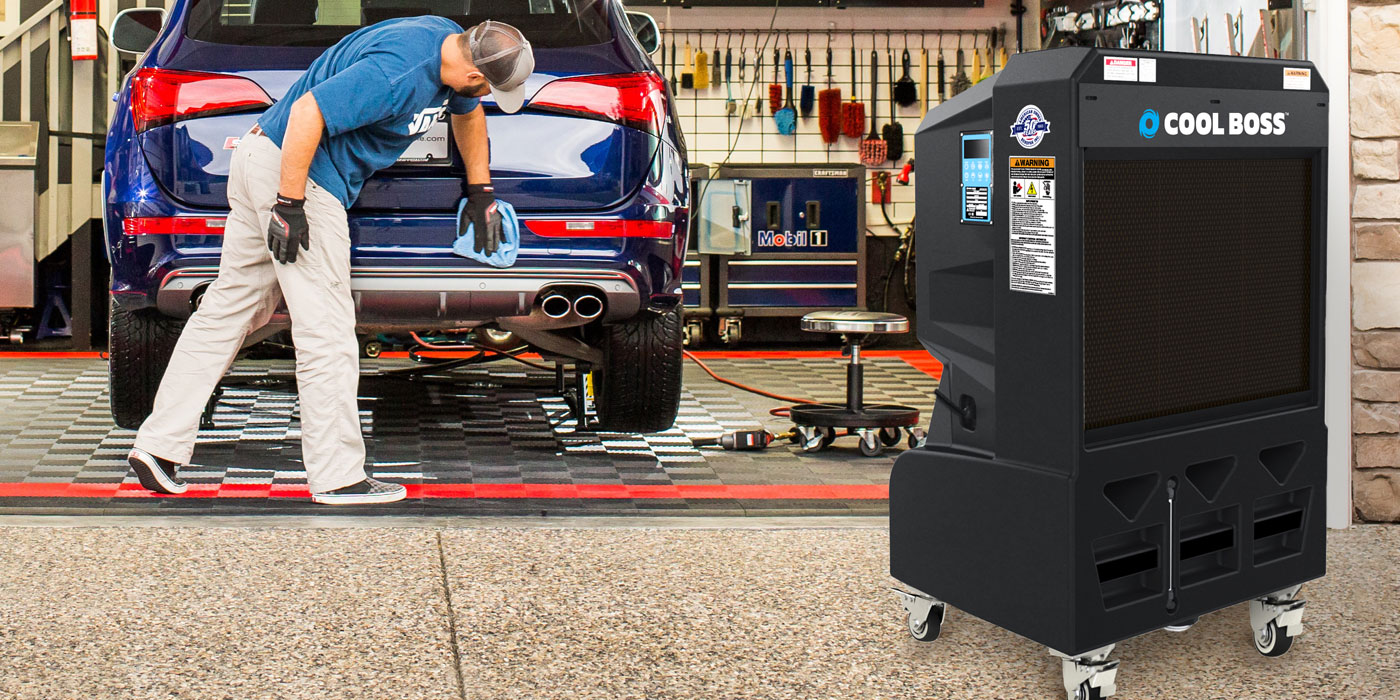In 2013, USA Today reported on a Harris Interactive survey which explored issues concerning the cleanliness of restrooms in restaurants. The survey found that 50 percent of patrons who have a bad experience with a restaurant restroom — meaning it was dirty, had grimy soap dispensers or bad odors — will “blab about it to friends and family.”1
Not only will these patrons spread the word about their nasty restroom experience, but three in 10 respondents also said they would not give the restaurant a second chance. If they found the restroom significantly soiled once, they would not go back.
Be a road warrior
These findings are similar to another survey conducted in March 2014, but this one focused on places where people stopped while traveling long distances by car, such as truck stops, gas stations, privately operated or public rest areas, etc. This study looked at a number of issues, including how travelers decide whether to stop at a roadside facility — which they base on the cleanliness of the building’s outside appearance — and, then once inside, the overall appearance of the facility with a special focus on its restrooms.
This study of more than 3,000 adults reported if travelers find the overall cleanliness of the facility poor or dirty, 41 percent indicated they would never come back or use a similar facility run by the same company. If there were cleanliness issues with the restrooms, this number rose to 53 percent; and for older individuals, who frequently do their traveling by car, this number jumped to 65 percent.
So what do all these stats tell us? Simply, customers pay attention — possibly more attention than business owners and managers realize — to the appearance of a facility; and half, if not more, do not forget a bad “cleanliness” experience.
On the other hand, it also suggests maintaining a clean facility, whether it is a restaurant, a roadside rest area or a professional carwash, is just good business. Moreover, it is one of the best ways to win customers and, because people have a tendency to talk about their cleanliness experiences, improve a facility’s overall reputation.
Starting at the door
If you are reading this article in your carwash right now, take a look at the front door or, more specifically, the floors at the entry to your carwash. Are there mats installed before the entry of the facility and within the customer areas?
According to Adam Strizzi, marketing manager for Crown Matting Technologies, as much as 15 feet of matting should be installed at your facility’s entry.
“Fifteen feet of matting can capture and hold as much as 70 percent or more of the soil and moisture so it is not walked into your facility,” says Strizzi. “And matting is even more important in a carwash because of all the moisture and soil brought in by the cars.”2
Strizzi also suggests professional carwashes install drainage mats, specifically in the actual work areas, not only to help keep the carwash clean but to enhance safety as well. Drainage mats offer such beneficial features as:
- “Safewalk” mats are heavy-duty mats that allow water and soil to drain below the mats, keeping debris from being walked around the facility. Additionally, these mats may have anti-fatigue properties to help minimize worker fatigue, pain and discomfort. This can prove valuable for carwash workers who must stand for long periods of time.
- Drainage mats with built-in connectors are also available. The connectors are important because they allow carwash owners to string out mats for longer distances, and they hold the mats tightly together. These mats again allow moisture and soils to drift beneath, keeping the top sur- face clean and safe.
- Some drainage mats have anti-microbial properties. In a professional carwash, this can be imperative because odor-causing bacteria and fungi may cause problems. Mats with anti-microbial properties help prevent the growth of odor-causing pathogens.
Odor issues
Odors can be problematic in carwash facilities because so much water is used in the cleaning process — water that later becomes soiled with all types of odor-causing contaminants. One of the big problems with odors is that, if not attended to, they typically get worse over time and can spread out far beyond their source.
When dealing with odor problems, the first step is to not ignore them. And secondly, do not camouflage them. The use of scents can help improve the overall “feel” of a clean carwash facility, but when used to cover up odors, they merely mask a problem not likely to go away.
While many carwash owners and managers will turn to traditional cleaning chemicals to eliminate odors as well as to keep their facilities clean, another option which may prove effective is a new technology sweeping the professional cleaning industry.
Known as “engineered water,” or aqueous ozone, this system mechanically converts pure water into ozone which can be poured into a sprayer and applied to surfaces, and then wiped clean. No chemicals are used in the cleaning process.
Also, while the technology is not new, the equipment is far more cost-effective now than it was just a few years ago, which is one reason for its spike in popularity.
The aqueous ozone can be used to clean floors and carpets or to eliminate odors, and it has proven to be an incredibly effective disinfecting and sanitizing agent.
According to Matt Montag, distribution sales manager for CleanCore Technologies, which manufactures these systems, a 2015 study of one of his company’s aqueous ozone cleaning systems found that its disinfecting and sanitizing abilities were comparable to the key ingredients found in traditional disinfectants.3
“Because odors are typically caused by bacteria and because a disinfectant is normally used to kill bacteria, using an aqueous ozone system is a much safer and ‘greener’ alternative,” says Montag. “Plus, the ozone can be sprayed [into] hard to reach areas where odor-causing bacteria may be hiding and growing.”
Source control and effective cleaning
So far we have discussed ways to keep a professional carwash clean. Source control, the installation of floor mats, helps prevent soils from being walked into and around a facility. There is a reason the U.S. Green Building Council now requires mats to be installed in facilities in order to be LEED certified. They keep all types of facilities cleaner and healthier.
A cleaning option many carwash professionals may be unaware of has also been discussed. Keeping a facility looking clean is only part of the customer experience. Odor control plays a significant role as well.
Aqueous ozone offers an effective solution by removing odors rather than masking them. Because no chemicals are used — and thus no transportation, packaging materials or cartons typically associated with cleaning solutions are needed — the use of aqueous ozone is not only effective but it can also help a carwash owner operate his or her facility in a greener and more sustainable manner, something many carwash owners are now striving to accomplish.
Robert Kravitz is a frequent writer for the professional cleaning and building industries.
Resources:
- USA Today reported findings from the Harris Interactive survey on July 3, 2013.
- There are three types of mats placed at building entries: scrapers placed at the entrance of the facility to wipe away large soils; wiper/scraper to continue this operation and collect moisture; and wipers to remove any remaining soils or moisture.
- The study was conducted by the University of Nebraska in 2015. While studies have confirmed the disinfecting properties of aqueous ozone, they should not be used in situations where a disinfectant is mandated or legally required.














